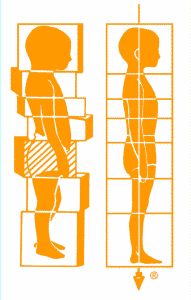In most massage techniques we seek treatment for a particular issue and the practitioner will address the symptoms which we present. These corrective practices over look the way the whole body is integrated in gravity and how a local intervention has an effect on the entire system.
Over the years Rolfing has developed this Integrative approach to include the importance and understanding of how the structural organisation of the body effects its function (how we move), movement patterns and emotional trauma. Within the process of the 10 sessions a Rolfer and client may work to release trauma, suppressed emotions and limiting world views.

